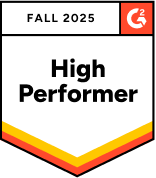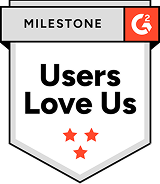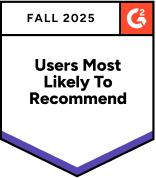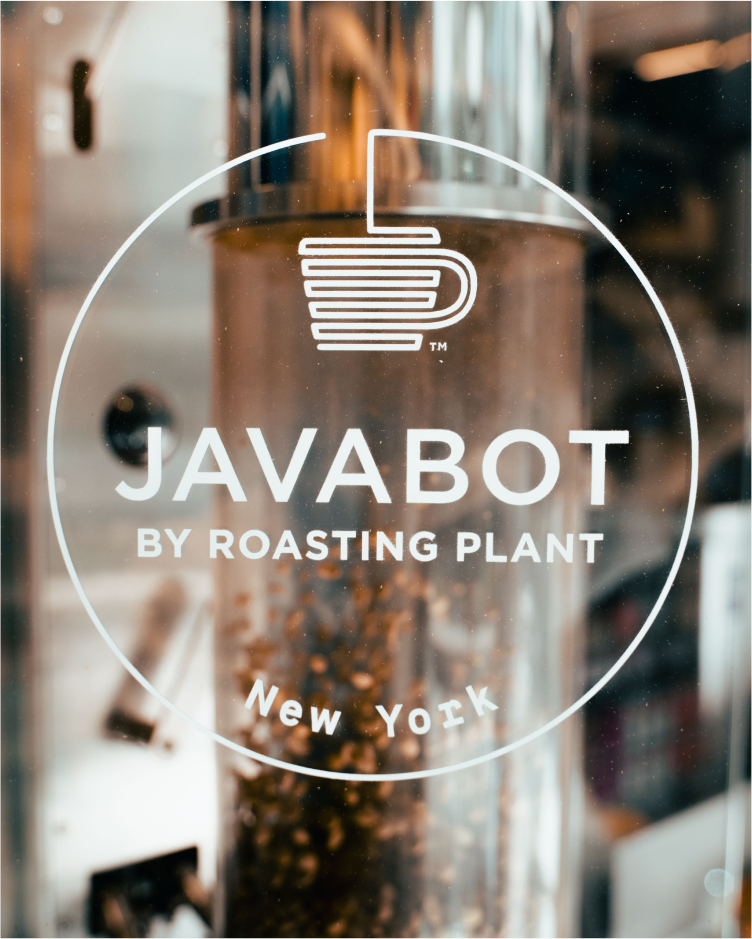
Profitability's secret ingredient.
Streamline your entire operations. Boost your margins. Cut waste. Meet the AI-powered restaurant management system that serves up full control of your business, all in one place.
Trusted by the best in the business







































Why restaurant brands love Nory
We streamline your operations and speed up your growth, helping you open more venues and widen margins. Leaving you free to focus on what really matters – good food, good times and good business.
The power of one platform
A powerful all-in-one management system that gives you the tools to scale your operations without the waste.

Save your guesses for the lottery
AI recommendations help your team make smarter decisions, day after day.

Straight-forward integrations
From POS to payroll & accounts, plug in your existing tools for a seamlessly connected ecosystem.

Results you can take to the bank
Workforce Management
Inventory
Business Intelligence
Thicken up the thinnest of margins
Across inventory, workforce management, pay roll and more – run your operations with flawless efficiency. Turn small decisions into big wins.

Don’t take our word for it. Take theirs.
We’re rated as one of the top restaurant management softwares by some of the best in the hospitality business.







Capital
Lending built for hospitality
To grow your business, you need money. Nory Capital is the fastest financing solution for restaurant businesses. Access loans up to £2m in less than 24 hours and use it to grow your brand.


.webp)
.webp)


.webp)










